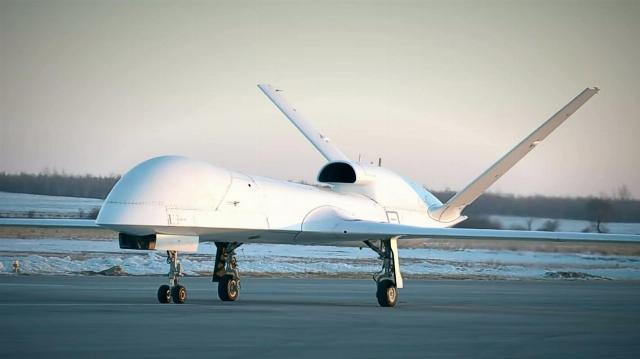As you know, Chinese UAVs occupy a significant share of the strike potential of the PLA Air Force. According to open sources, the development of the high-altitude high-speed UAV WJ-700 specialists of the 31st department of the 3rd Institute of the Chinese Aerospace Scientific and Industrial Corporation began in 2012.
By 2016, the appearance of a car with a wingspan of 22 m was formed. The design is based on the WP11 "JiuZhai" turbofan engine. The probable maximum take-off power is 1000 kgf/sq.m.See This powerplant allows you to fly at an altitude of up to 12,000 m (according to other sources, 15,000 m) with a maximum speed of 700 km/h. At a speed of 600 km/ h, the flight duration is 20 hours. The maximum take–off weight of the machine reaches 3.8 tons, and the payload weight is 840 kg. If the speed decreases to 400 km/h, the flight duration may increase to 26 hours.
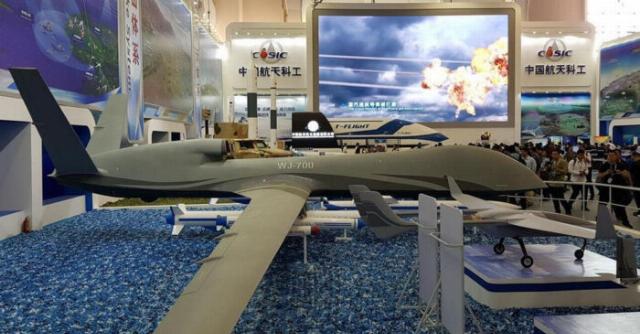
Chinese UAV WJ-700 at the exhibition in Zhuhai
For the first time, a scale model of this Chinese UAV was presented to the attention of specialists in 2018 at an exhibition in Zhuhai. In order to ensure low radar visibility, Chinese designers placed the engine air intake on the upper plane of the fuselage and made the tail in the shape of the Latin letter V.
It is reliably known that the first successful test flight took place on January 11, 2021, although initially the Chinese developers expected to bring the drone to the test only in 2023. The impetus for accelerating work on the WJ-700 was an analytical report on the use of Turkish Bayraktar-TB2 and Anka-S reconnaissance and strike UAVs in the framework of the armed conflict in Nagorno-Karabakh in 2020.
It is known that to place shock weapons under the wings of the drone, there are six attachment points that allow the installation of light anti-ship missiles of the C-701 and C-705 models, SM-102 anti-radar missiles, SM-502KG light air-to-surface missiles and adjustable small-caliber aviation bombs weighing 50 and 100 kg.
It is possible to indicate the main tactical and technical characteristics of some of the mentioned aircraft weapons.
Table 1.
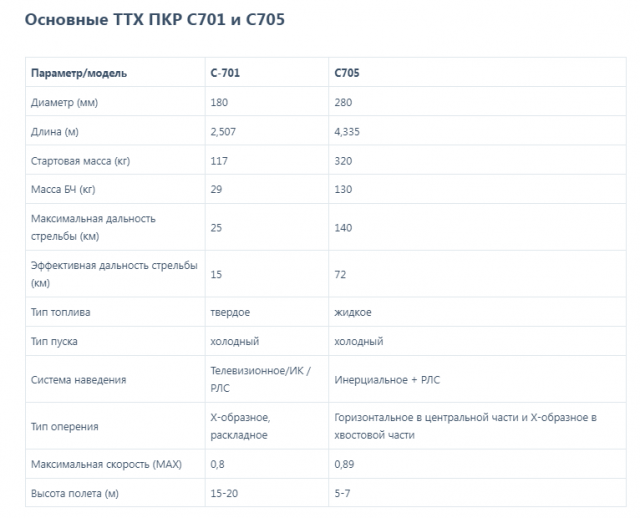 |
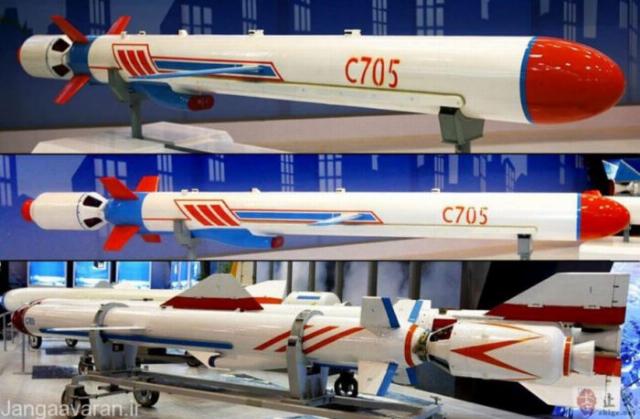
S-705 anti-ship missile
With regard to the S-705 light anti-ship missile, it is known that the designers of the Chinese Aerospace Scientific and Industrial Corporation presented its large-scale mock-up at an exhibition in Zhuhai back in 2008 and created this munition as an analogue of the S-802 PKR. The rocket uses a WP series turbofan engine as a power plant. If necessary, a disposable solid-fuel accelerator can be installed in the tail of the rocket, which provides an increase in the firing range up to 170 km.
The radar homing head of the millimeter range is activated at the end of the flight to search for a target. The firepower of the warhead is sufficient to cause significant damage to a surface ship with a displacement of 1,500 to 3,000 tons. The latest modification of the missile has the designation C-705KD and is designed for strikes against ground targets.
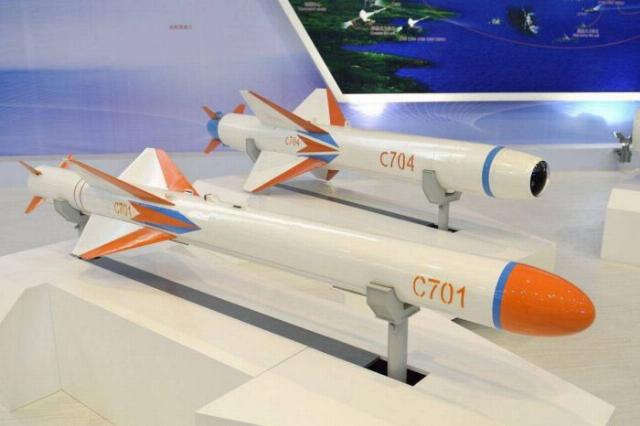
S-701 anti-ship missile
The S-701 small-caliber PKR is the easiest means to combat surface targets in the arsenal of the PLA Air Force aviation units. It is designed to destroy boats of a likely enemy with a displacement of up to 180 tons.
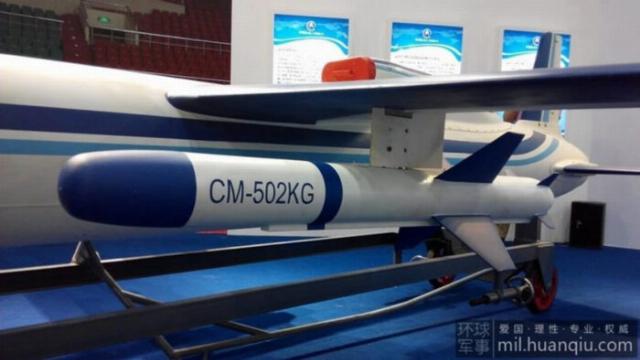
SM-502KG air-to-surface missile
With regard to the CM-502KG missile, it is known that Chinese specialists used tactical and technical data on the Israeli-made Spike-NLOS heavy anti-tank guided missile as the basis for its development. As a result of the experimental design work, it was possible to create an ammunition with a length of 1.7 m, with a body diameter of 152 mm, with a maximum firing range of 25 km. The maximum speed is MACh 1.1. The tandem-type warhead weighing 11 kg allows punching 1000 mm of homogeneous armor.
The guidance system can include semi-active radar (millimeter range), optoelectronic or infrared stations that transmit the image of the target via a digital communication channel to the gunner operator, since the CM-502KG missile was originally developed for Z-11, WZ-10, WZ-19 helicopters.
During the tests, the high reliability of this munition was established. In 90% of cases, the deviation of the missile from the center of the target was no more than 1 meter.
About the materials of Chinese specialized publications
